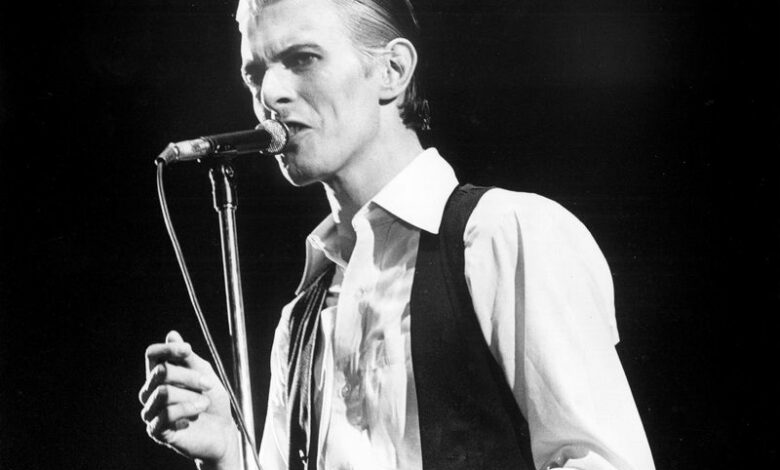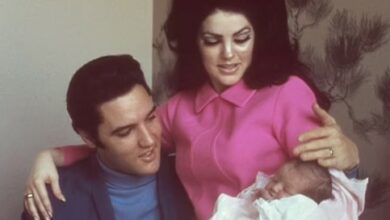How David Bowie battled addiction to make ‘Station to Station’

Station to Station is an album of extremes. Produced with great confidence, the album was recorded at a time of great conflict for the songwriter, as he readied himself for the reinvention his career needed to take for both its survival and the creator’s very own. Behind the riffs, metaphors, passages and production sheen stood David Bowie, anxiously rising to the occasion, confident that his heart could lead him to fortresses his heart was either unable or unwilling to venture.
Station to Station is an extraordinary tome, and the title track exhibits tension, beauty, danger, solitude and sincerity, picturing the stations of his very own Crucifixion. Rooted in his real life, the song could very easily have been misconstrued as the singer’s admission of guilt, having spent much of his recent time engulfed in cocaine. His weight was dropping, and he spent much of his spare time casting himself away from the necessity of sleep. “I hate sleep,” he said. “I would much prefer staying up, just working, all the time.”
Yet in a moment of lucidity, Bowie managed to summon a riff from guitarist Earl Slick, which was recorded over the backing track, and played almost endlessly until the singer got the satisfactory result. In the song’s lighter, more playful section, Bowie confessed to his cocaine use, opening himself up to the scorn of the public and the scoldings from his critics.
But there was no escaping the influence of the drug, as it made its way into both his private life, and drifted into the studio with him. “I know it was recorded in LA because I read it was,” Bowie recalled, no doubt conflicted by what he’d put himself through. Free from its perfume in the 1990s, Bowie was more candid about his dalliance with the drug: “I started on the drugs at the end of 1973 and then with force in 1974. As soon as I got to America, pow! It was so freely available in those days. Coke was everywhere. … Because I have a very addictive personality, I was a sucker for it.”
The song follows Bowie’s interest in the Kaballah, particularly the line “Here am I, flashing no colour” which some have interpreted as representing the flashing colours in the Tattva belief that lead to a higher level of consciousness. Having just completed The Man Who Fell To Earth, Bowie had spent much of his free time onset reading, engaging his mind in different practices.
Then there’s the yearning of ‘Golden Years’, the songwriter’s first statement of defeat, as he reconciles the conflicts that have paraded him since he abandoned the trappings of rock. From that portal comes the rose-tinted flavours of ‘Wild Is The Wind’, recorded with one of Bowie’s most heartfelt and tender performances. More happily, ‘TVC15’ was written directly for the stage, and Bowie performed the number at Live Aid, safe in the knowledge that the drug-fuelled days were behind him.
But it’s the title track that everyone remembers most fondly, not least because it holds one of Bowie’s most detailed performances, embodying the complexities and contradictions of his personal and intellectual environment. Laced in texture, the song proved the prototype for the albums that came immediately after it. Plunging himself into darker territories still, the newer works exposed the songwriter’s damaged soul in a way that he would never have permitted himself in the early 1970s.
By the time he returned to Europe, he had left The Thin White Duke behind him, keenly aware that the pro-fascist sentiments and angular vision of a world under submission would scarcely hold up in a continent that had faced dictators of every shape and persuasion.
Bowie later recognised the folly of his ways, later addressing his erratic behaviour in a series of confessionals. “It was a dangerous period for me,” he explained. “I was at the end of my tether physically and emotionally and had serious doubts about my sanity.”
Quietly retiring the character, Bowie was more reluctant to champion the album, keenly desiring the opportunity to wipe out the dirt off his canvass and start again. In many ways, he shouldn’t have felt so embarrassed. Station to Station is, by any definition of the world, a brilliant work, and holds more imagination in its towering opening track than many albums hold over ten.





